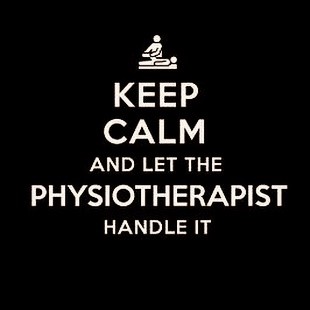Sponsored Content
BUSINESS NEWS - Headache disorders are among the most prevalent pain disorders, affecting almost 66% of the global population.
Furthermore, 50% of the general population have headaches during any given year, and more than 90% report a lifetime history of headaches.
The 2013 Global Burden of Disease Study found that migraines were the sixth highest cause of years lost due to disability, whereas headache disorders in general were the third leading cause for disability among the adult population.
Don’t fear, PHYSIO CAN HELP.
Types of headaches physiotherapy can alleviate:
- Migraine
- Migraines are usually a unilateral headache of vascular origin and can be accompanied by neurological symptoms such as visual or sensory disturbances.
- Cervicogenic headaches
- Cervicogenic headaches stem from the neck. The headache may be caused by stiff joints, muscle spasms, nerve roots and fascia of the cervical spine.
- Tension headaches
- Tension headaches are bilateral headaches often described as feeling like a tight band around your head. This is the most common type of headache and can be triggered by stress, lack of sleep and tight muscles around your neck.
- Secondary headaches such as Temporomandibular joint (TMJ) dysfunction
- Secondary headaches result from underlying disorders or dysfunctions that produce pain as a symptom, such as TMJ dysfunction, toothache and so forth. The TMJ can produce pain and discomfort due to incorrect alignment of your teeth and jaws, grinding of teeth and so forth.
How physiotherapy helps
Physiotherapy can assist with pain relief and management of these headaches. Treatment includes:
- Soft tissue techniques, massage and trigger point release, including dry needling.
- Mobilisation/manipulation of stiff cervical joints.
- Ergonomic assessment and correction (workspace and home environment).
- Posture assessment and correction, strengthening of postural stabilisers.
- Strengthening exercises to increase stability of neck (deep neck flexor strengthening) and shoulders.
- Teaching of breathing and relaxation techniques in order to reduce stress and anxiety.
- Exercises to improve proprioception of the neck (awareness of where your neck is in relation to your body and space).
- Stretching exercises to release tight muscles.
- Education and guidance on effective pain management.
What the evidence says
Espí-López et al (2014) studied the effectiveness of physical therapy management of tension-type headaches.
Cervical exercises, relaxation, massage, postural exercises, cranio-cervical techniques, thermotherapy, vertebral mobilisation and stretching was found to be effective in reducing pain associated with tension type headaches. Furthermore, joint mobilisation was found to improve cervical joint range of motion and quality of life parameters.
All Physiotherapists at Marais Rabie Physios are trained to assess and treat headache disorders. Lilian Marais has a special interest in the treatment of TMJ dysfunction and pain.
Contact us today for a consultation.
- Website link
- Facebook link
- Email: lilianmaraisphysio@gmail.com
- Phone: 044 690 3256 / 076 592 7879
Where are we?
- 5 Diaz Street, Da Nova, Mossel Bay
- https://goo.gl/maps/trhoEBEWLYBEXi1c8

'We bring you the latest Garden Route, Hessequa, Karoo news'















